UGA Resources
- College of Agricultural and Environmental Sciences
- UGA Extension
- Find your County Extension Office
- Georgia Pest Management Handbook
- Soil and Water Testing Services
- UGFertex (generates fertility recommendations)
State Resources
- Georgia Department of Agriculture
- Office of the State Climatologist (Georgia)
- AgroClimate (Southeast Climate Consortium)
- USGS Georgia Water Science Center
National Resources
Statewide Variety Testing
The UGA CAES Statewide Variety Testing program provides annual performance testing results on Georgia commodities including canola, small grains and forage, corn and silage, and field crops.
UGA Weather Network
The UGA Weather Network collects reliable weather information for agricultural and environmental applications. Each station monitors air temperature, relative humidity, rainfall, solar radiation, wind speed and direction, soil temperature and moisture, and atmospheric pressure.
Highlighted Field Day Videos
2021 Field Day
2020 Virtual Midville Field Day Recording
Employee-Only Resources
Login with UGA MyID is required.
Expert Resources
Visit the Blog
Crop and Soil Sciences Archives | CAES Field Report
 Crop and Soil Sciences Archives | CAES Field Report
Crop and Soil Sciences Archives | CAES Field Report
 Crop and Soil Sciences Archives | CAES Field Report
Crop and Soil Sciences Archives | CAES Field Report
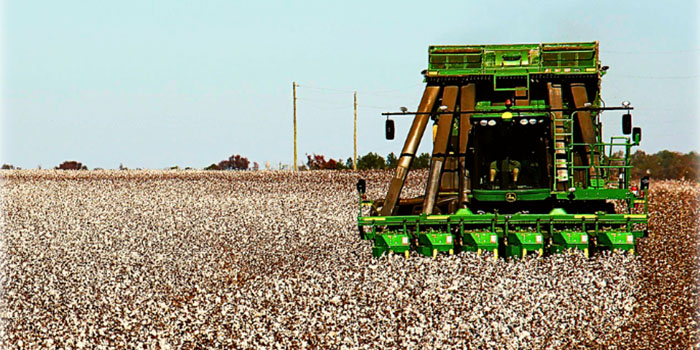 Crop and Soil Sciences Archives | CAES Field Report
Crop and Soil Sciences Archives | CAES Field Report
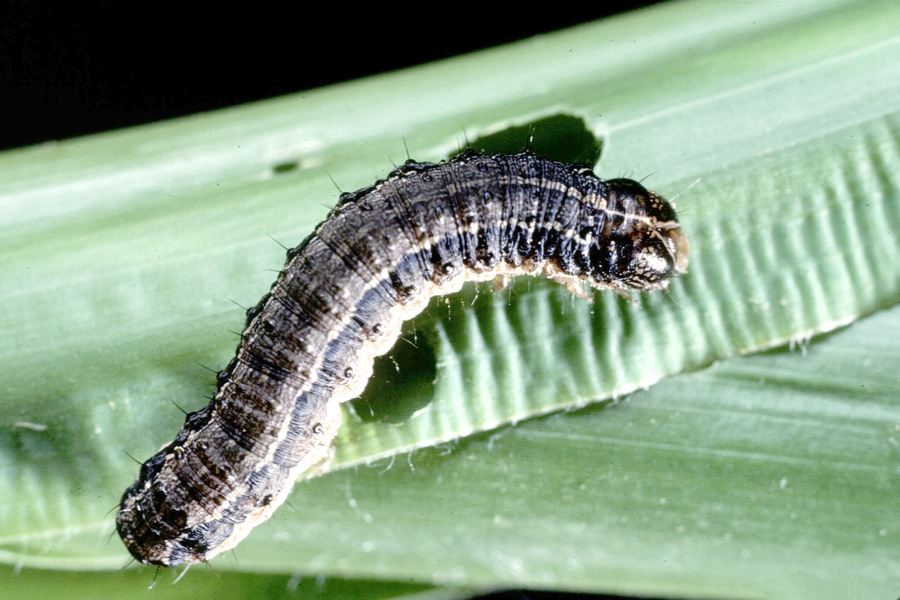 Crop and Soil Sciences Archives | CAES Field Report
Crop and Soil Sciences Archives | CAES Field Report
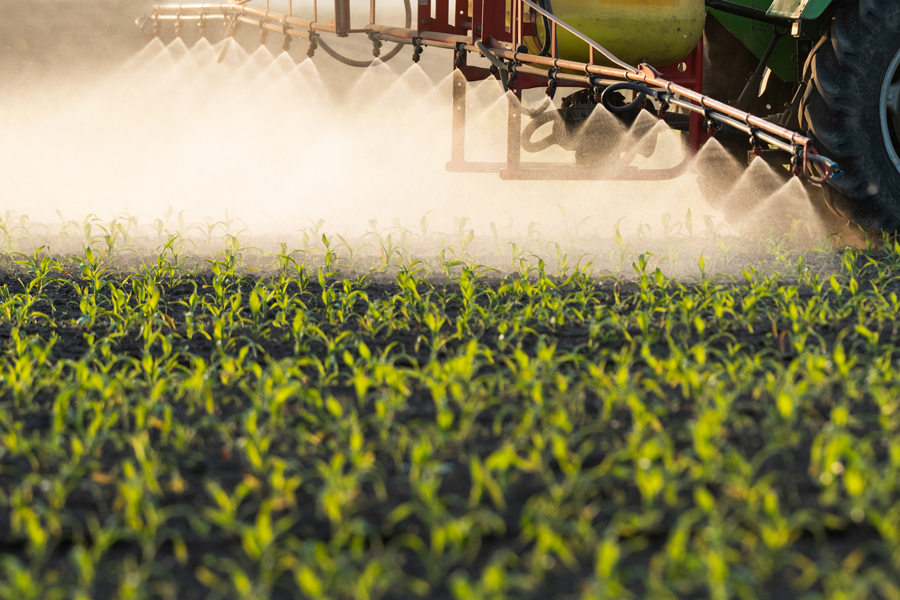 Crop and Soil Sciences Archives | CAES Field Report
Crop and Soil Sciences Archives | CAES Field Report
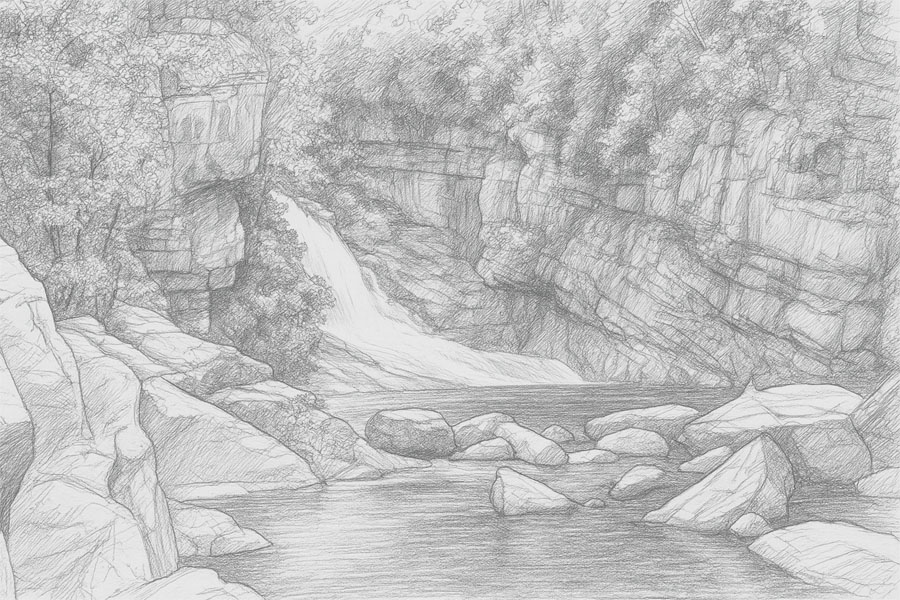 Crop and Soil Sciences Archives | CAES Field Report
Crop and Soil Sciences Archives | CAES Field Report
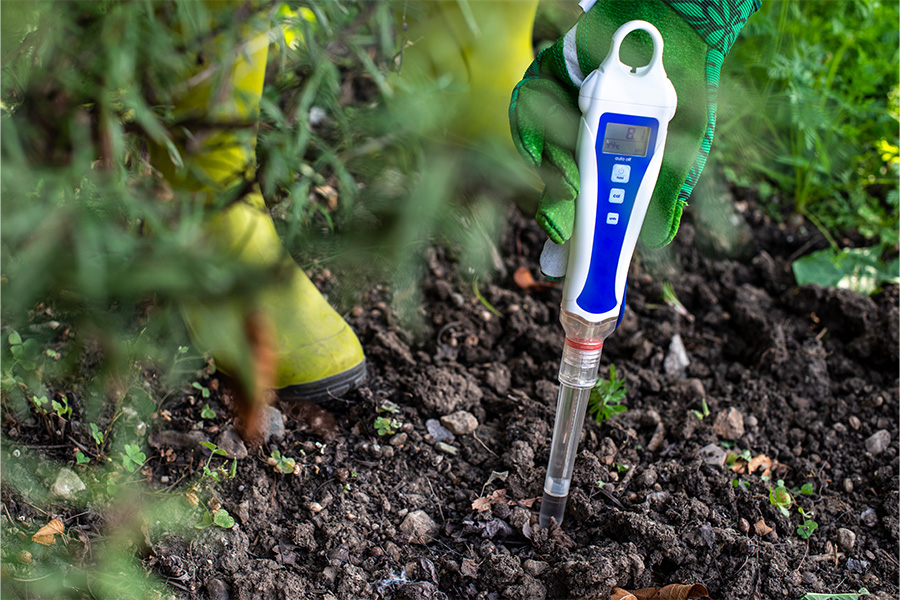 Crop and Soil Sciences Archives | CAES Field Report
Crop and Soil Sciences Archives | CAES Field Report
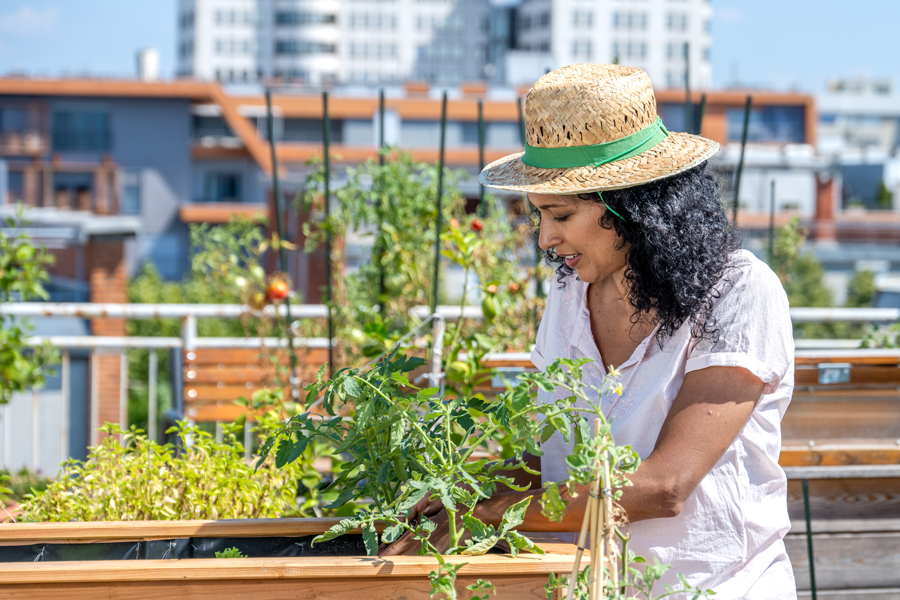 Crop and Soil Sciences Archives | CAES Field Report
Crop and Soil Sciences Archives | CAES Field Report
 Crop and Soil Sciences Archives | CAES Field Report
Crop and Soil Sciences Archives | CAES Field Report
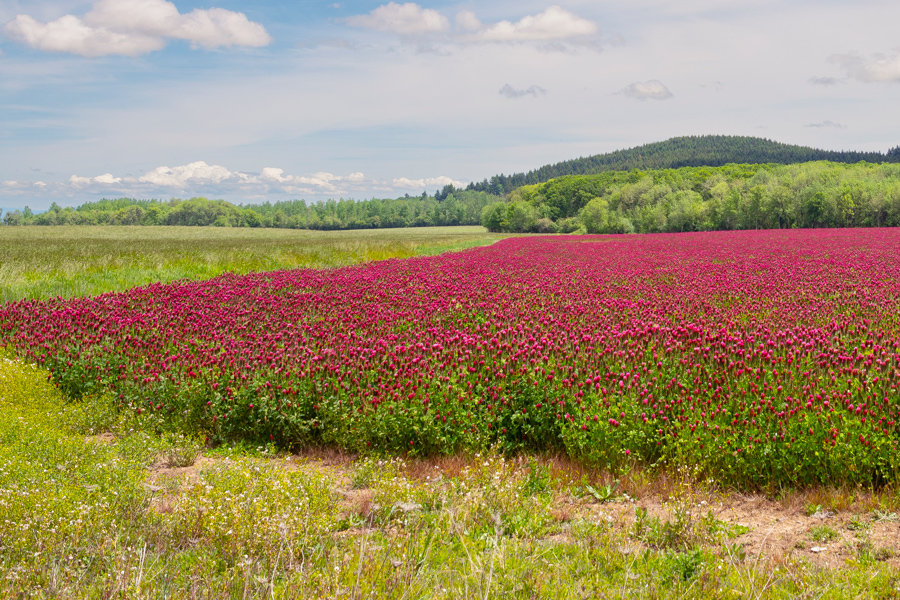
Posted by Uttam Saha, Pamela Turner, Derek Cooper, Kathryn Holland on Oct 21, 2025
Radon in Your Water

Posted by Lisa Baxter, Taylor Singleton on Sep 12, 2025
Planting and Growing Annual Forages in Georgia

Posted by Wesley Porter on Sep 3, 2025
How to Calibrate Handler Weight on a John Deere Cotton Picker

Posted by William Hudson, Freddie Waltz, Shimat Joseph on Jul 30, 2025
Armyworms in Sod

Posted by Taylor Singleton, Stanley Culpepper, Eric Prostko on Jul 30, 2025
Locate Pesticide Use Limitation Areas (PULAs) Using the EPA’s Bulletins Live! Two Website

Posted by Gary Hawkins, Ernest Tollner on Jul 17, 2025
The Bucket Method

Posted by Jason Lessl, David Kissel, Paul Vendrell on Jul 10, 2025
Determining Lime Requirement Using the Equilibrium Lime Buffer Capacity

Posted by Jason Lessl on Jul 10, 2025
Urban Gardening: Assessing Soils for Contamination

Posted by G. Buntin, Timothy Brenneman, Timothy Grey, James Buck, Eric Prostko, Amanda Smith on Jul 8, 2025
Canola Production in Georgia

Posted by J. Peyton Sapp, Wesley Porter, Seth McAllister, Taylor Singleton on Jun 30, 2025
Row Crop Sustainability in the Southeast: A Tool to Measure & Improve On-Farm Sustainability

UGA Extension Publications
John Worley
http://extension.uga.edu/publications/detail.html?number=C774
Uttam Saha
http://extension.uga.edu/publications/detail.html?number=B1367
Dennis Hancock
http://extension.uga.edu/publications/detail.html?number=B1251
Lisa Baxter
http://extension.uga.edu/publications/detail.html?number=B1362
Dennis Hancock
http://extension.uga.edu/publications/detail.html?number=B1351
Paul Sumner
http://extension.uga.edu/publications/detail.html?number=B1158
See More Publications
Fences for the Farm
(C 774)
Fences may be used to protect or divide property, to improve its appearance, to confine animals, or to exclude animals. This publication covers the planning for, type of, materials for, and maintenance of permanent and temporary fences.
Common Terms Used in Animal Feeding and Nutrition
(B 1367)
The purpose of this publication is to serve as an educational
reference and resource to those who are interested
in animal feeding and nutrition. Our primary objective
is to list the common terms used when discussing animal feeding. This listing will also be helpful when reading articles on animal feeding and nutrition, feed analysis reports or tags associated with feeds sold in the market.
White Clover Establishment and Management Guide
(B 1251)
White clover (Trifolium repens L.) is a cool season perennial legume of Mediterranean origin. White
clover has been used as a forage in North America since Colonial times. Benjamin Franklin noted its
prevalence in cleared and disturbed land as early as 1746. There are many animal and agronomic related reasons for establishing a productive stand of white clover in existing grass pastures. This publication covers tips on selecting, establishing and managing white clover to help ensure a productive stand.
The Management and Use of Bahiagrass
(B 1362)
Bahiagrass (Paspalum notatum Flugge) is a long-lived, perennial warm season grass that is grown extensively in the southeastern United States. It is most commonly used as a pasture species, but can be used for hay production, erosion control, and wildlife habitat. Bahiagrass can also be used in "sod-based rotation" sequences that have been found to suppress pest problems (nematode and disease issues) in crops such as peanuts.
Georgia Forages: Grass Species
(B 1351)
The geographic and environmental diversity of Georgia allows for the extensive use of both cool and warm season grass species. In general, cool season grass species provide higher nutritional quality than warm season grasses. In contrast, warm season grasses generally yield more than cool season grasses. Each type and species, however, offers its own unique qualities and benefits to the forage system. In this section, the most important grass species in Georgia are introduced and discussed.
Sprayer Nozzle Selection
(B 1158)
Nozzle selection is one of the most important decisions to be made related to pesticide applications. The type of nozzle affects not only the amount of spray applied to a particular area, but also the uniformity of the applied spray, the coverage obtained on the sprayed surfaces, and the amount of drift that can occur. Each nozzle type has specific characteristics and capabilities and is designed for use under certain application conditions. This publication describes the types that are commonly used for ground application of agricultural chemicals, including flat-fan, even flat-fan and cone nozzle.
